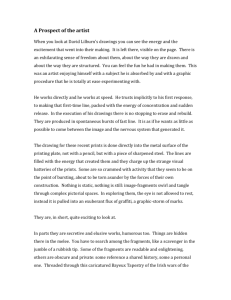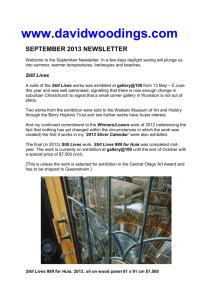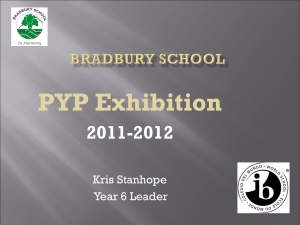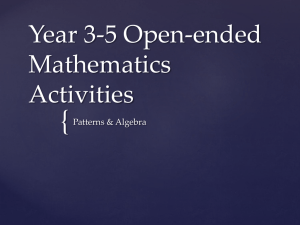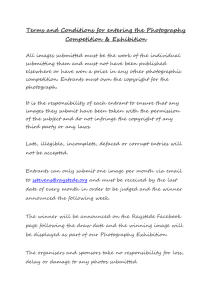Review from Circa 87 Spring 1999
advertisement
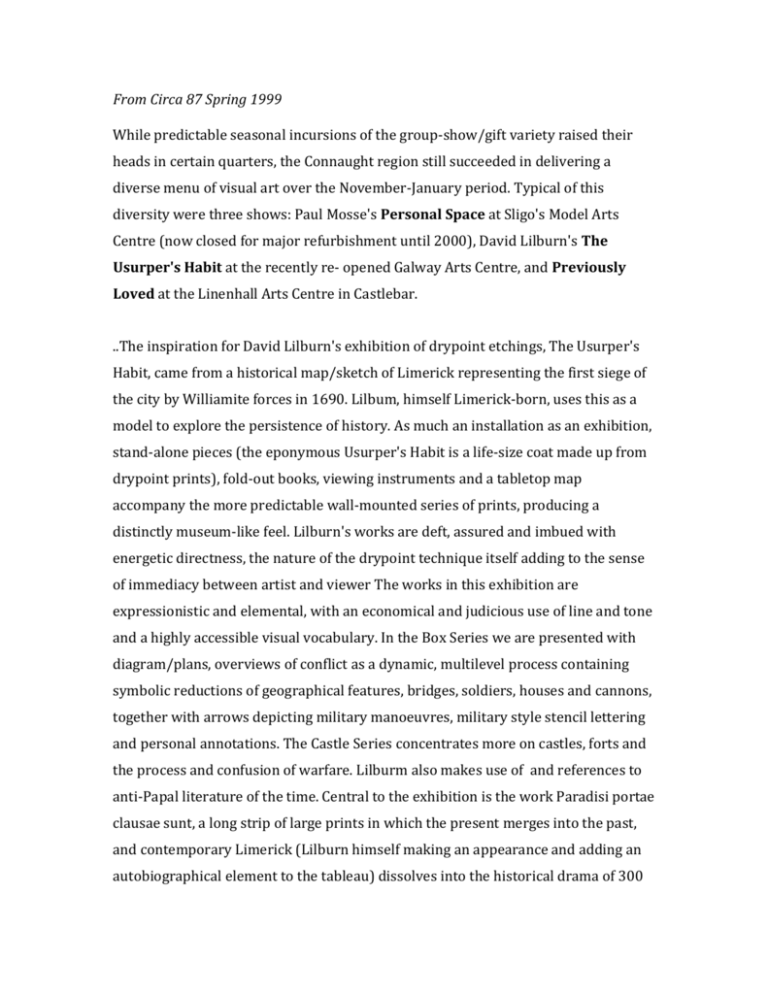
From Circa 87 Spring 1999 While predictable seasonal incursions of the group-show/gift variety raised their heads in certain quarters, the Connaught region still succeeded in delivering a diverse menu of visual art over the November-January period. Typical of this diversity were three shows: Paul Mosse's Personal Space at Sligo's Model Arts Centre (now closed for major refurbishment until 2000), David Lilburn's The Usurper's Habit at the recently re- opened Galway Arts Centre, and Previously Loved at the Linenhall Arts Centre in Castlebar. ..The inspiration for David Lilburn's exhibition of drypoint etchings, The Usurper's Habit, came from a historical map/sketch of Limerick representing the first siege of the city by Williamite forces in 1690. Lilbum, himself Limerick-born, uses this as a model to explore the persistence of history. As much an installation as an exhibition, stand-alone pieces (the eponymous Usurper's Habit is a life-size coat made up from drypoint prints), fold-out books, viewing instruments and a tabletop map accompany the more predictable wall-mounted series of prints, producing a distinctly museum-like feel. Lilburn's works are deft, assured and imbued with energetic directness, the nature of the drypoint technique itself adding to the sense of immediacy between artist and viewer The works in this exhibition are expressionistic and elemental, with an economical and judicious use of line and tone and a highly accessible visual vocabulary. In the Box Series we are presented with diagram/plans, overviews of conflict as a dynamic, multilevel process containing symbolic reductions of geographical features, bridges, soldiers, houses and cannons, together with arrows depicting military manoeuvres, military style stencil lettering and personal annotations. The Castle Series concentrates more on castles, forts and the process and confusion of warfare. Lilburm also makes use of and references to anti-Papal literature of the time. Central to the exhibition is the work Paradisi portae clausae sunt, a long strip of large prints in which the present merges into the past, and contemporary Limerick (Lilburn himself making an appearance and adding an autobiographical element to the tableau) dissolves into the historical drama of 300 years ago. Other contemporising references include works derived from internet sources and digital printouts of etchings which take the place of the original works. Ultimately Lilburn succeeds in combining a personal and almost child-like fascination for his theme with an informed, considered subtext, making for an exhibition that is both visually effective and thought-provoking. .. Ian Wieczorek Ian Wieczorek is a freelance writer and the editor of Arts West magazine.
